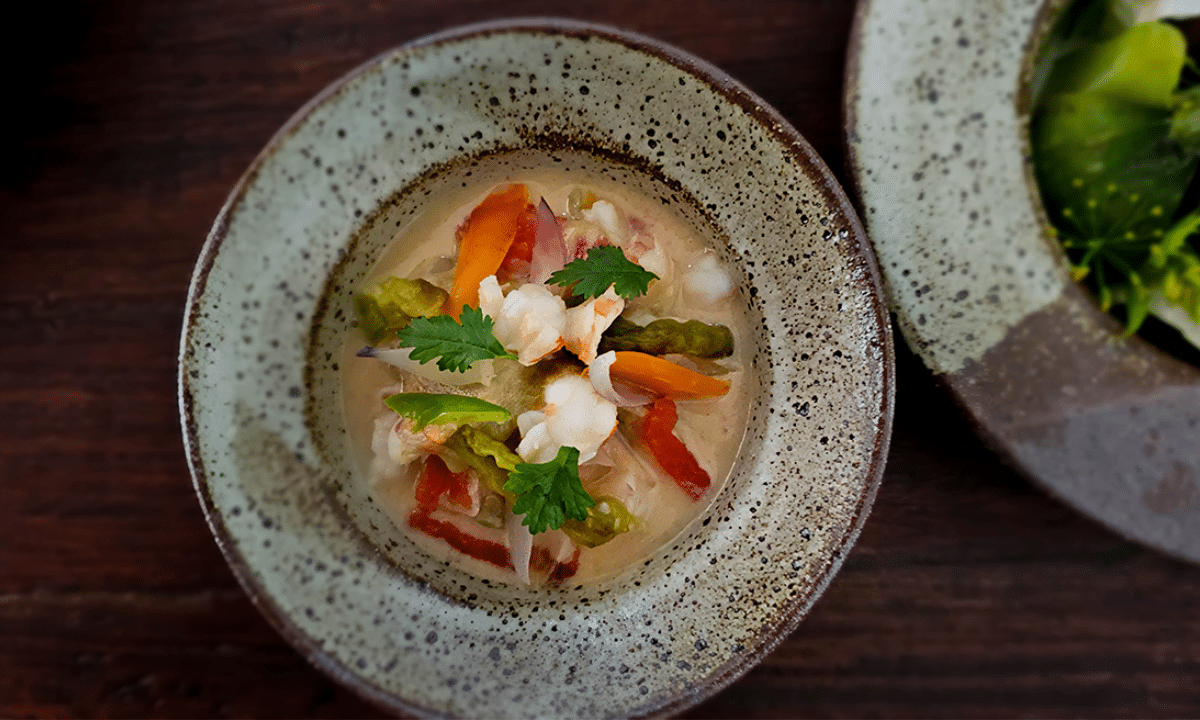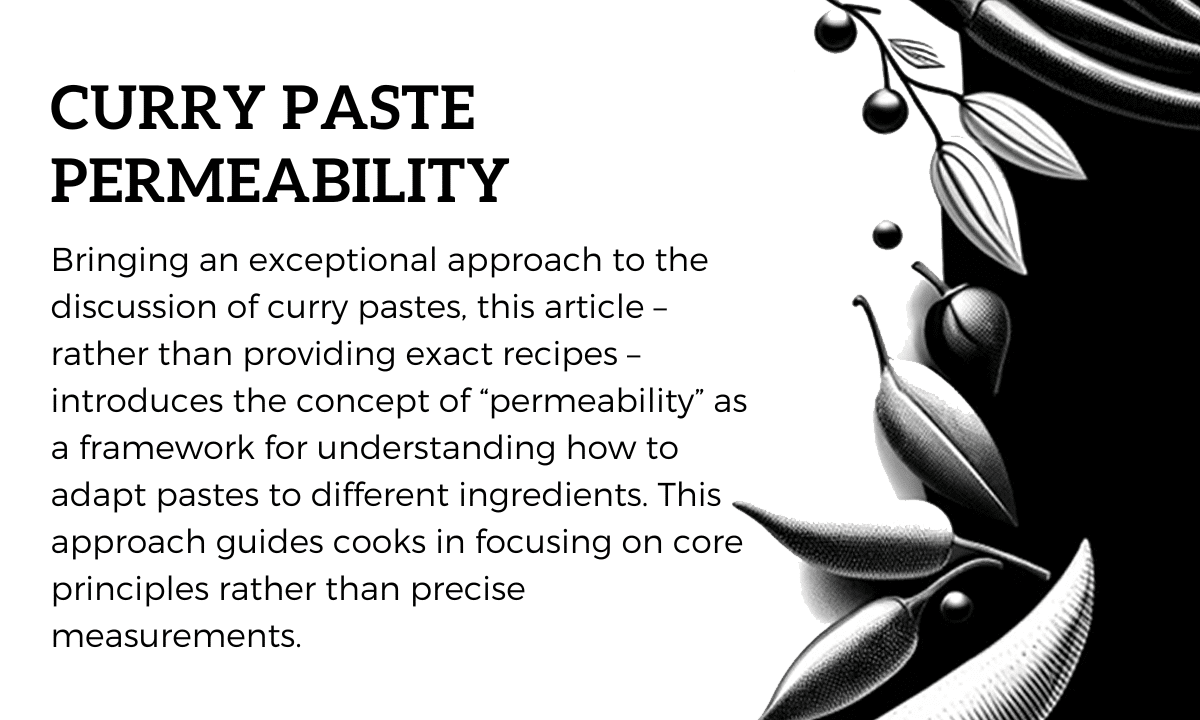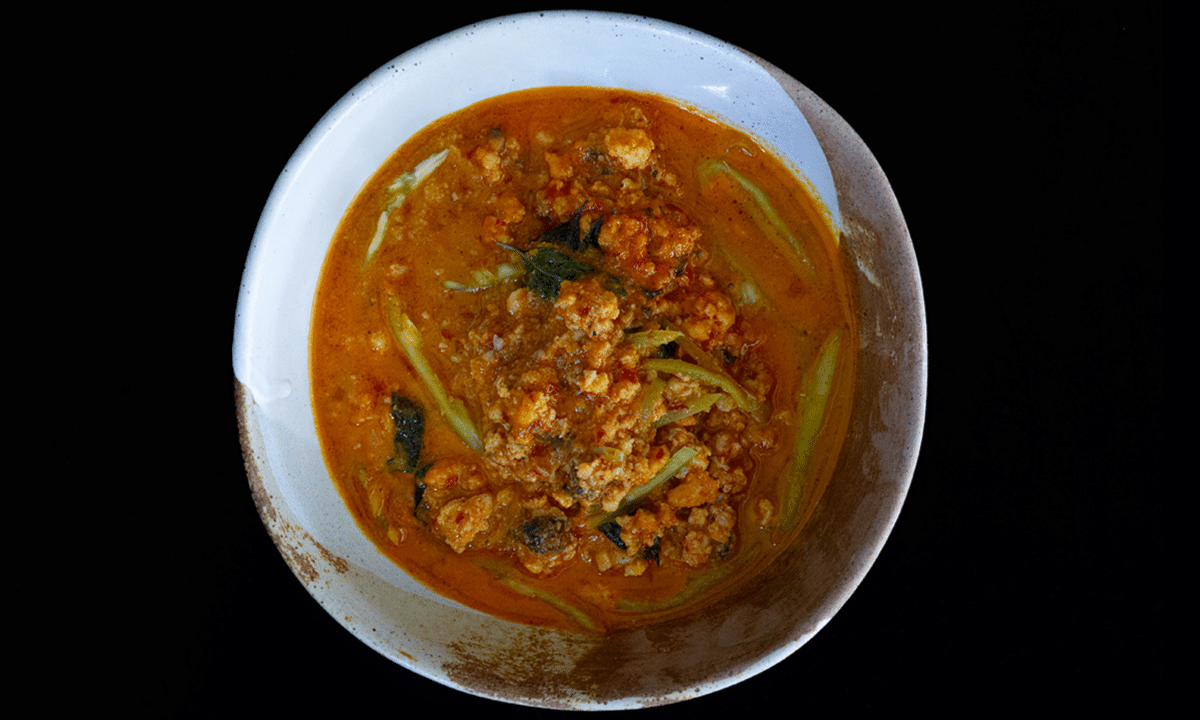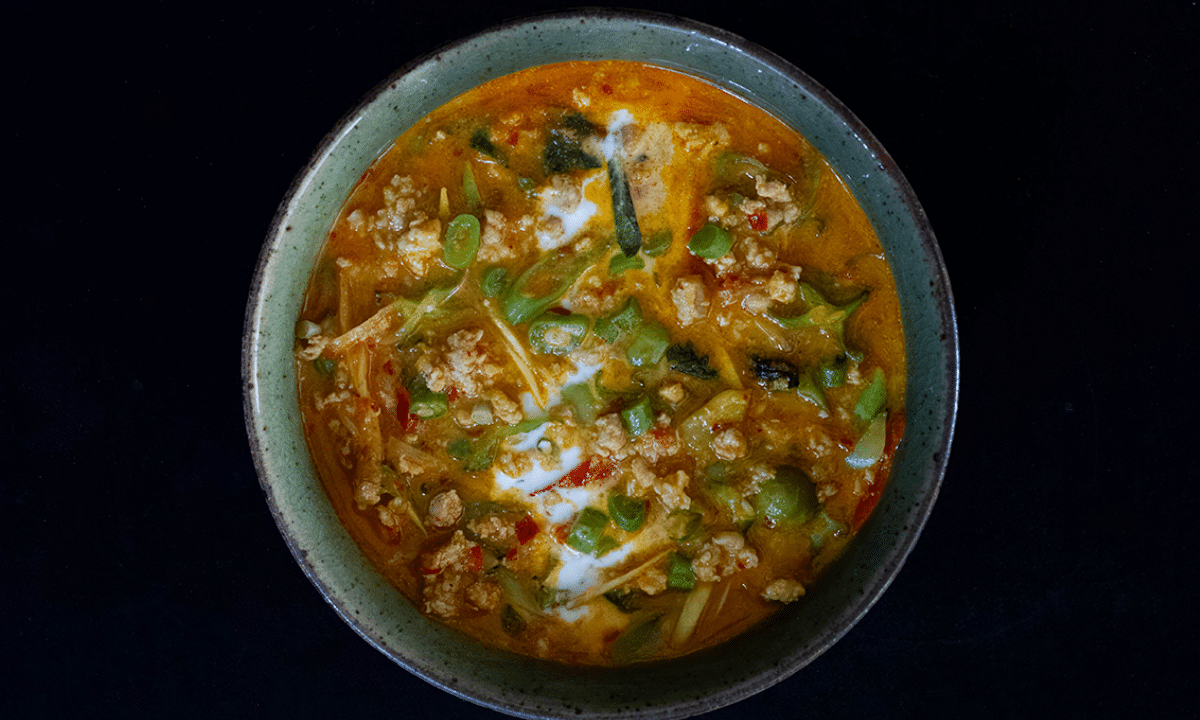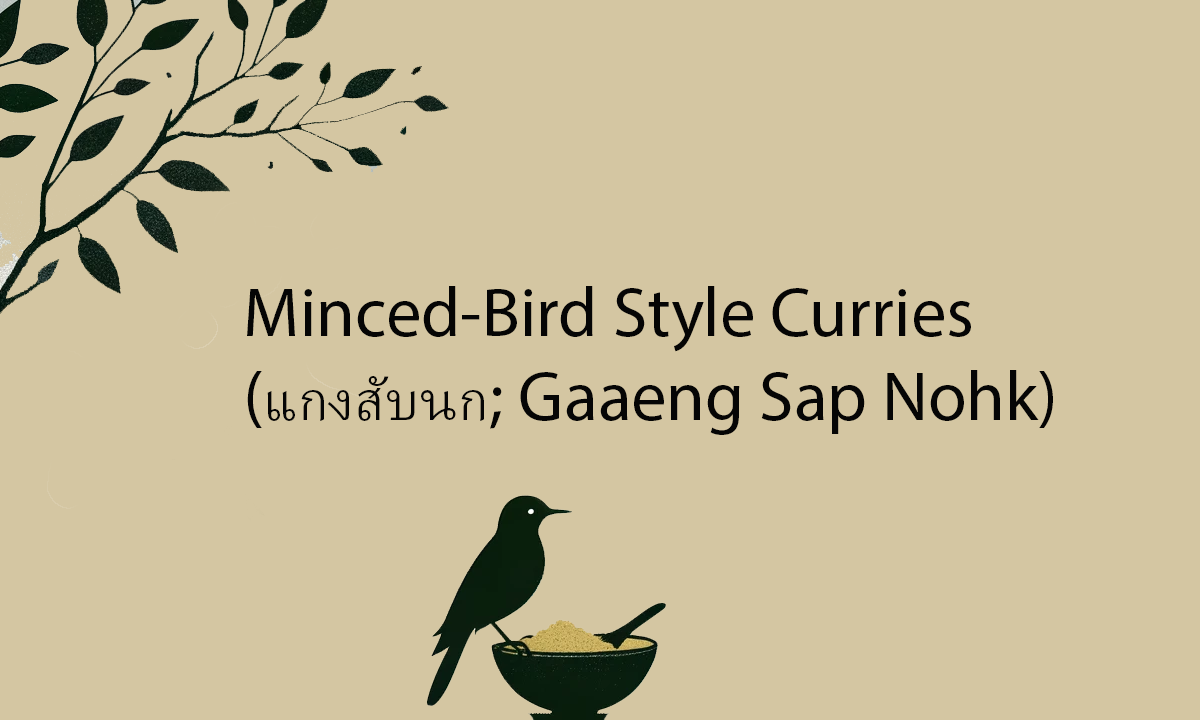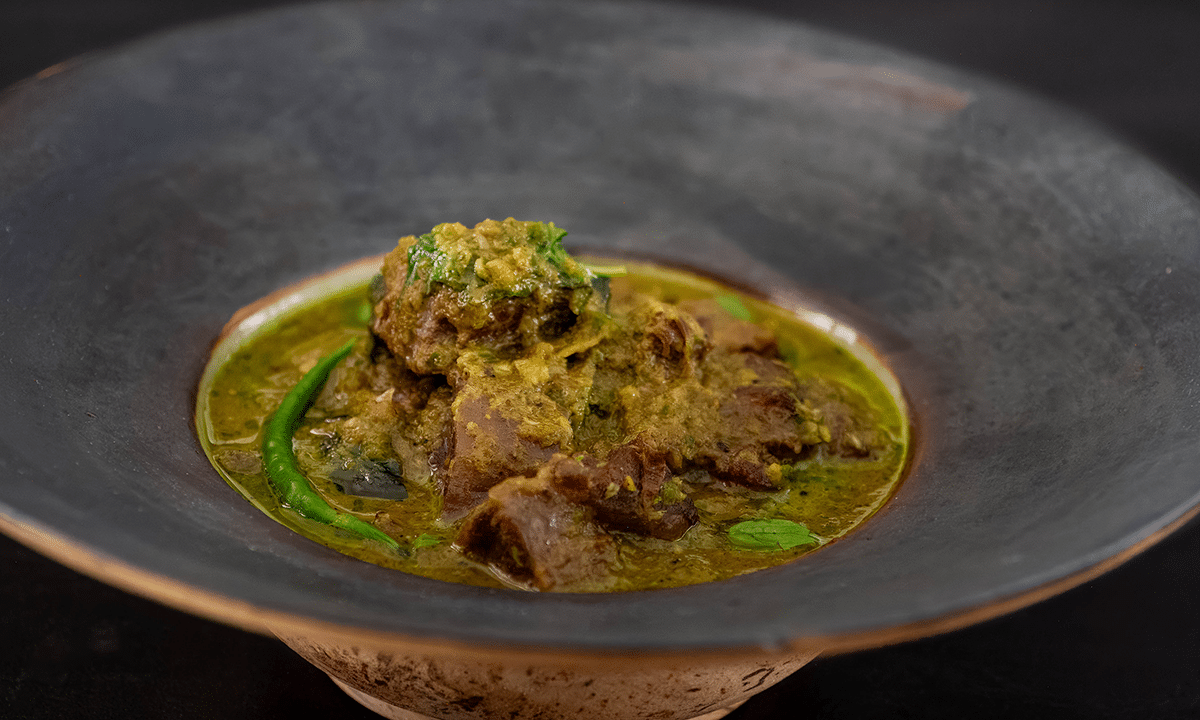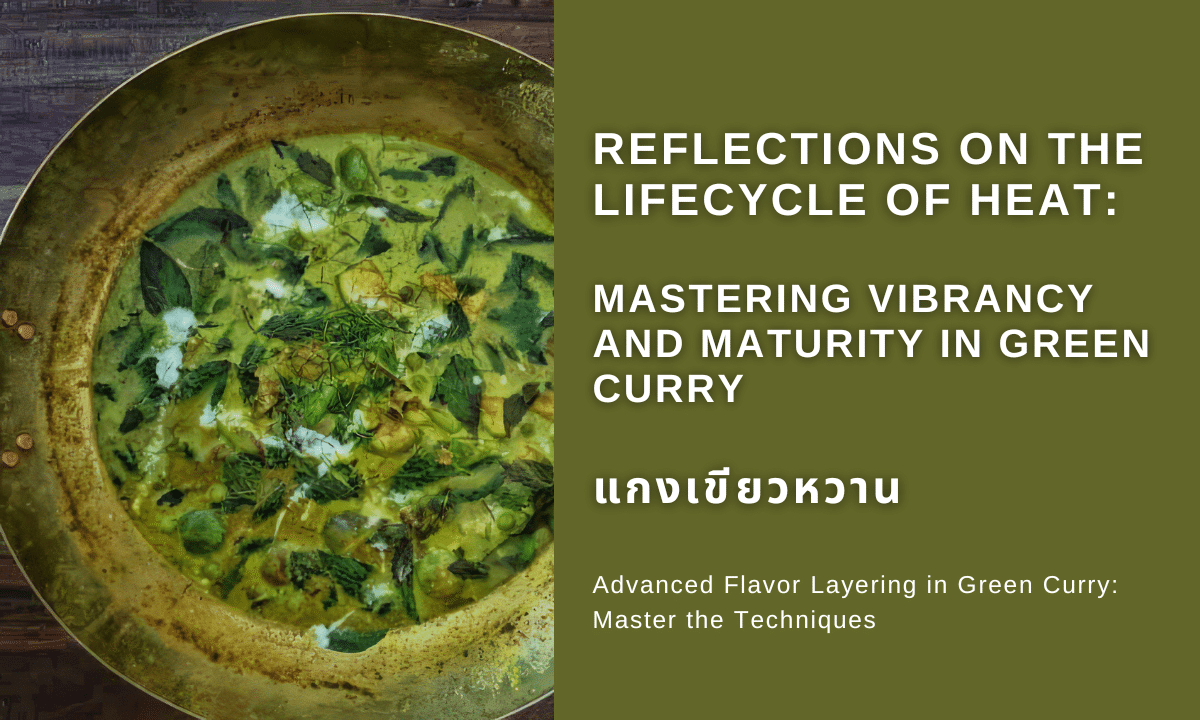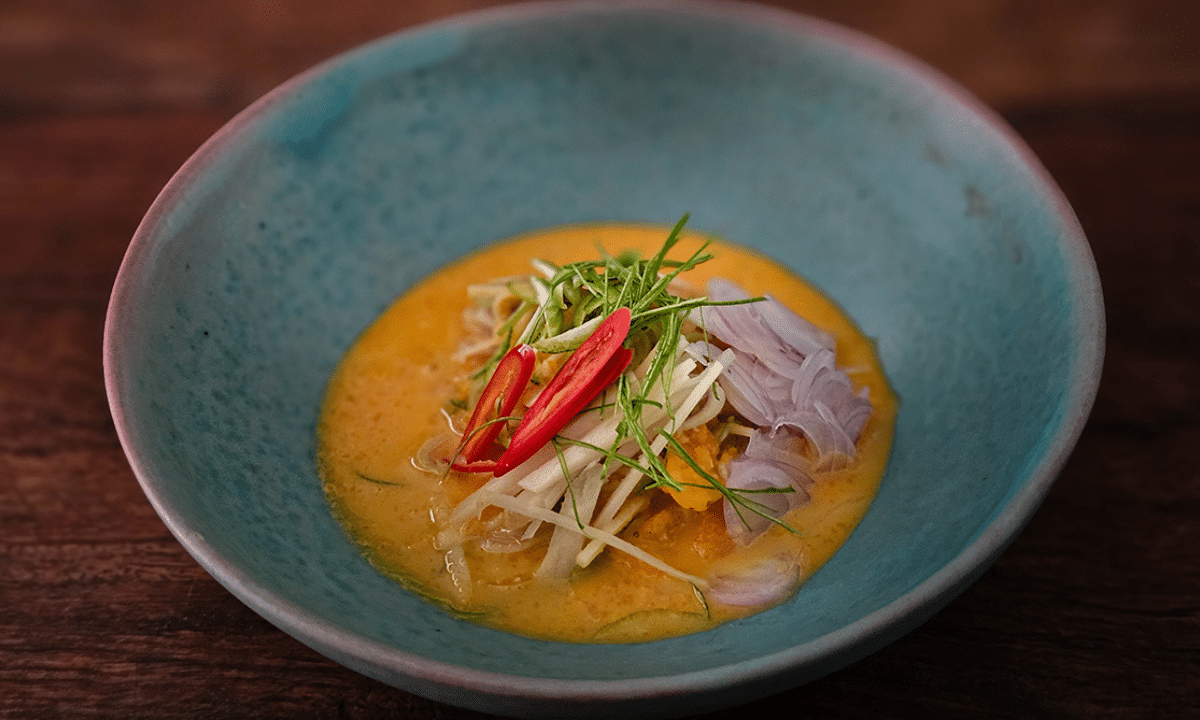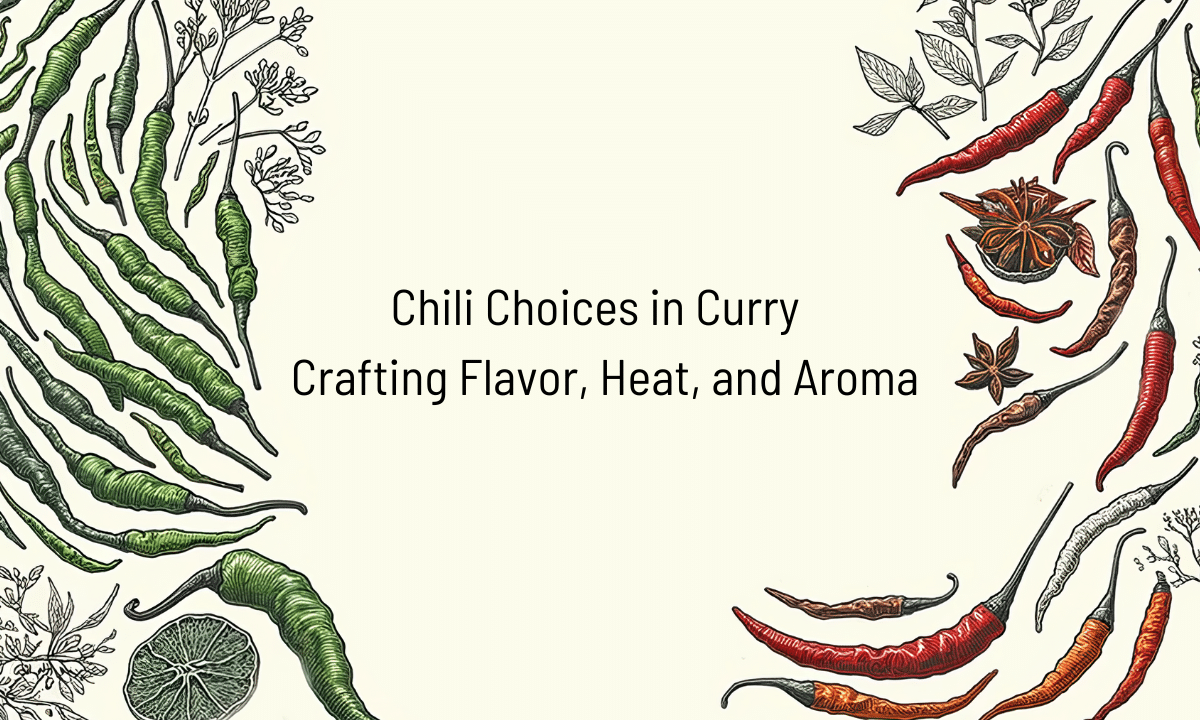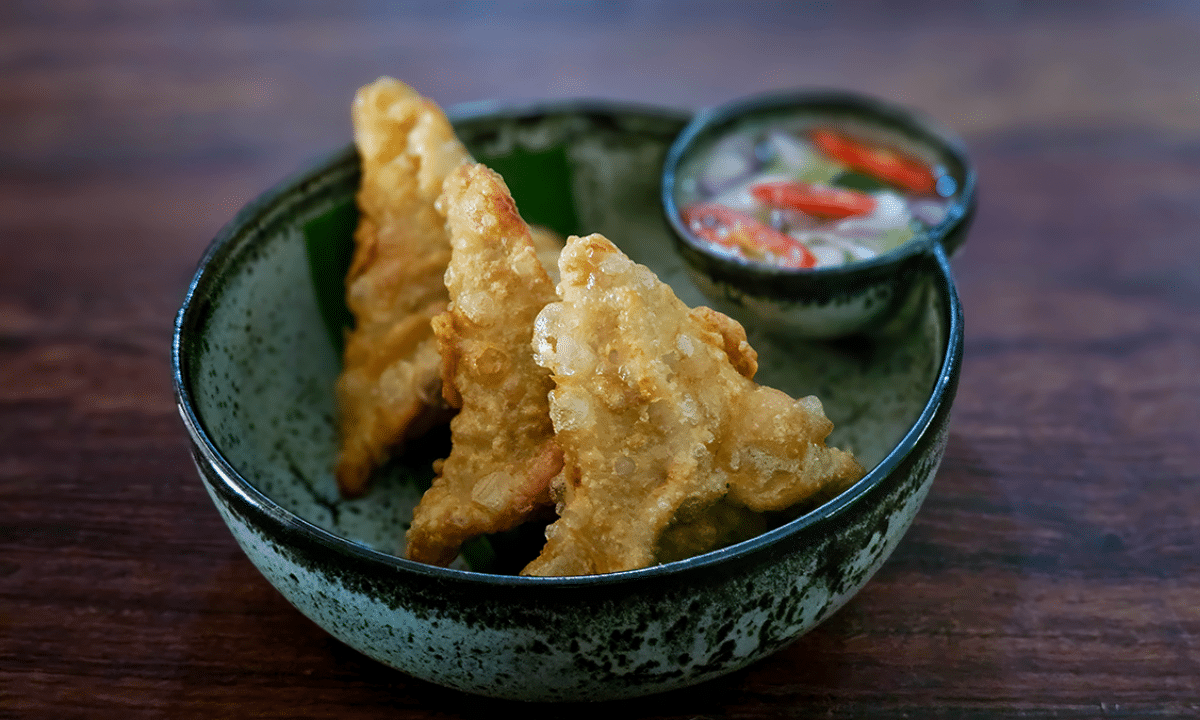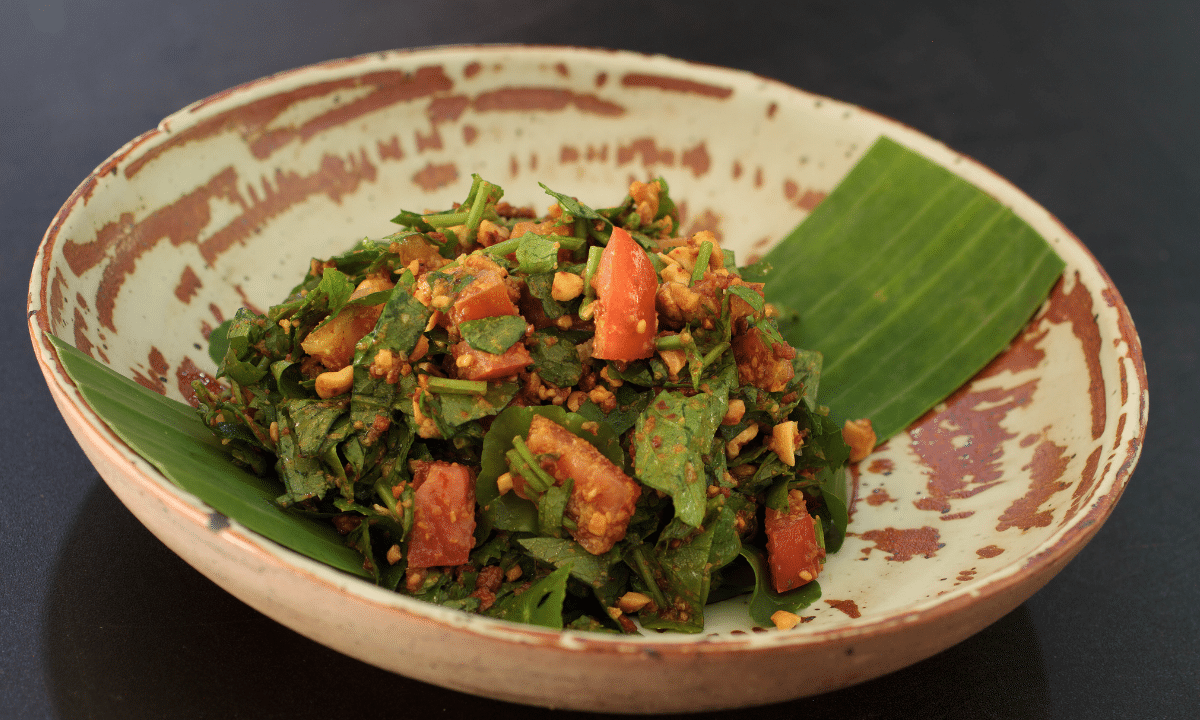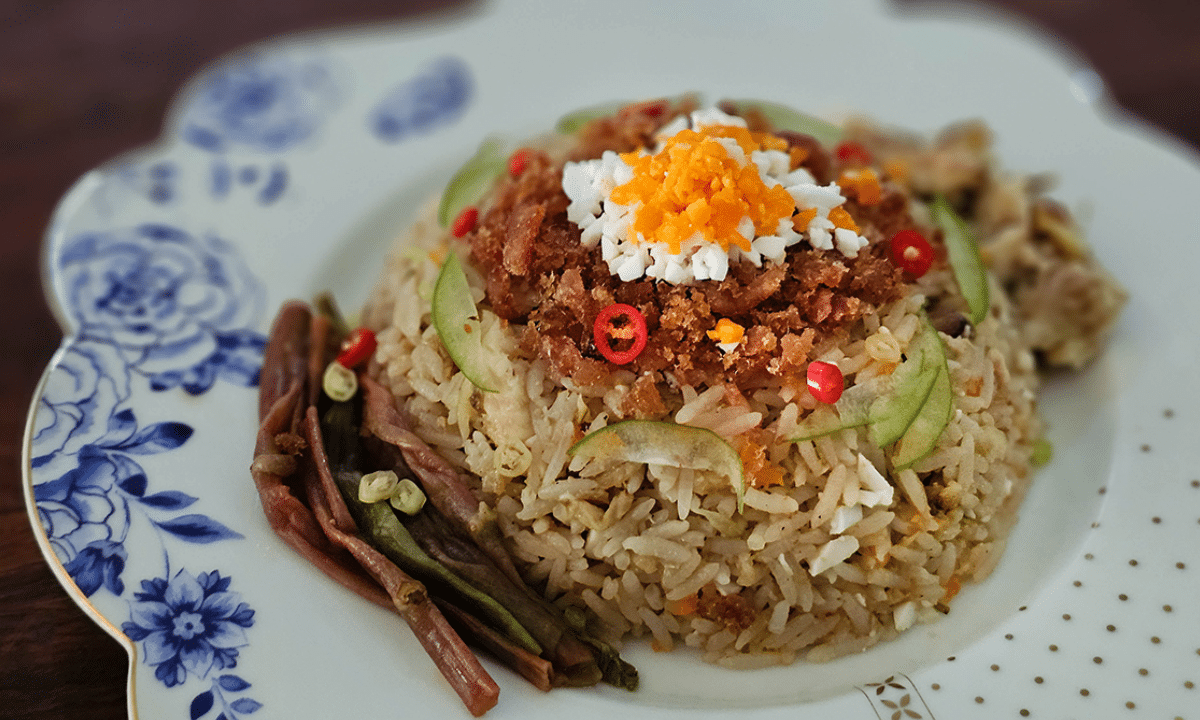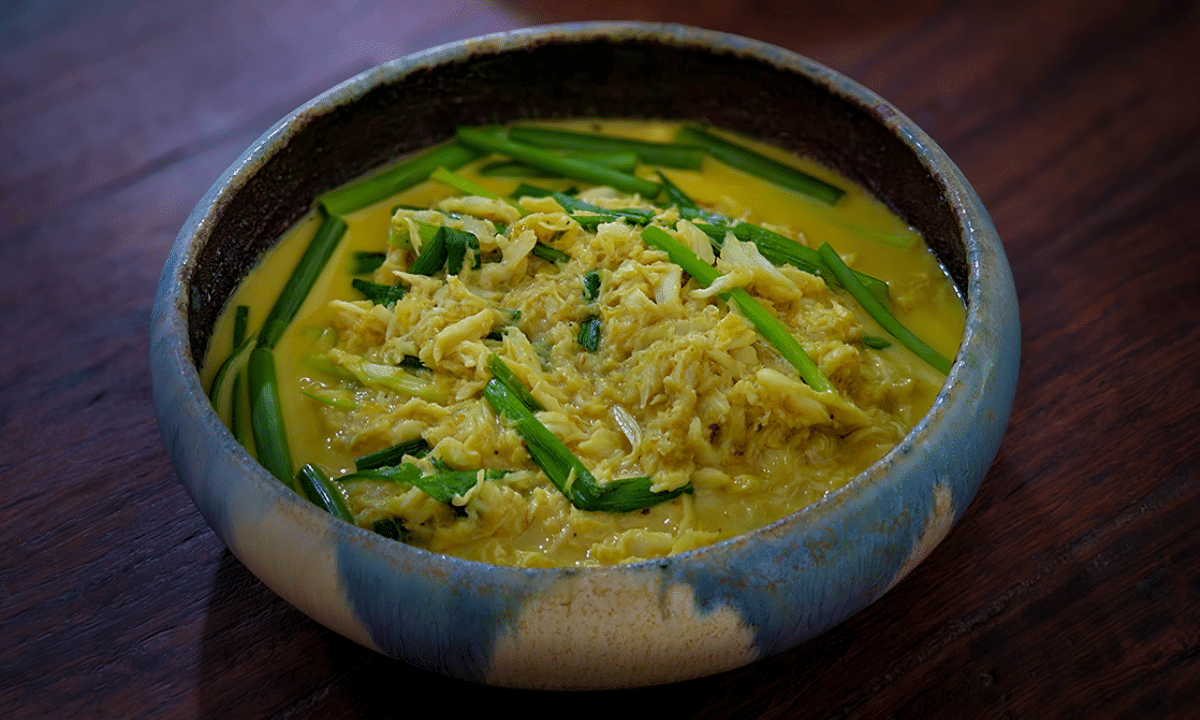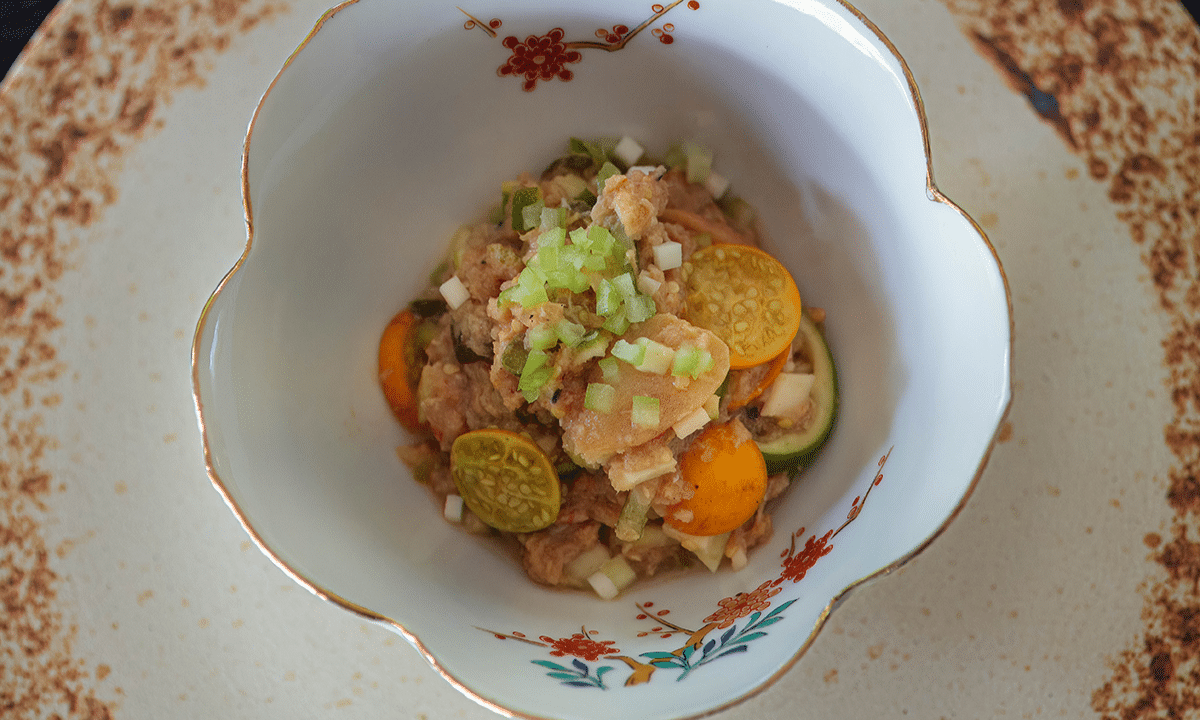By Chef Jason Bailey, Paste at Gaysorn
Of late there has been a resurgence of Thai Cuisine naturally located within Thailand. Paste Restaurant located in Bangkok has a predominately Thai clientele. This is due to a few factors but largely due to their innate understanding of the central, internal frame work of Thai Cuisine. This in turn leads to an appreciation of the different versions of refined Thai Cuisine.
Thai cuisine reached its summit at the end of the 19th century. Largely in small pockets of the elite society. It requires a large array of ingredients coupled with a large array of techniques. Its time consuming to learn and wrap ones head around and arduous to make at the top level. Each house hold, family, cook, chef is required to have their own version of a particular dish. There is no fixed recipe and only general measurements. However there is certainly a fixed set of guiding principles. Essentially Thai cuisine is about offsetting and integrating. The goal is to form a far greater sum from the dishes many components.

Chiang Mai river prawn salad with roasted chilies Chiang Mai berry ground seaweed.
It’s important for Thai cuisine to not become fixed or stagnate, when this happens dishes and techniques tend to die out which has happened throughout the history of Thai food. This is due to the nature of creativity and excellence having a propelling forward moving energy.
Now day’s Thai cooks need to produce clean and bright layered flavors with less pungency. Where the true art that is difficult to master and largely forgotten, is the art of layering flavors, essentially herbal. This is in contrast to the more common method of smashing flavors into an undefinable whole. Like a piece of music each dish should have a unique personality and layered orchestra of flavors. This is achieved by having understanding, experience and close relationship with the herbal properties of each singular ingredient in Thai cooking. Continually tasting throughout the dishes development and observing how each added flavor reacts, rejects or integrates with its surrounding flavors.

Miang betel leaves of Irish creamy oysters with ginger, roasted coconut, popinac & galangal jam
Through the practice of keeping the mind in the present moment when cooking and observing the nature and personality of flavors, over a period of years one begins to see inside the framework of Thai flavor and dish design. One can see the principles and overall guiding principles. When this happens an exciting form of confidence is born and one is ready to start exploring the millions of possible offsets and flavor combinations possible. Always on the search for a unique ingredient to pair with a unique combination of ingredients.
I think the most intimate of flavor subjects is texture. It takes vast research and knowledge to be able to form a suitable library of contrasting textures to choose from and techniques to be able to produce these chosen textures. Once that is done the true creative art to master is having the ability to adjust the pitch of those contrasting textures in relation to the overall flavor composition that has been created and formed.

Oven roasted chemical free chicken, lacquered with pure palm sugar and wild honey
When I dreamt up Paste Thai Restaurant in Bangkok. I did not want to relate it or look to my inspiration from other restaurants. Instead I wanted to relate it to the natural landscape, forests and river ways throughout Thailand. This is seen in our plating composition style where we try to make it look like a natural forming forest floor or canopy. But more important throughout our deep travels in Thailand we found tremendous inspiration through indigenous ingredients found in the natural growing forests of Thailand.
All of a sudden we discovered a secret pencil case filled with different colors to create a much more intricate tapestry of layered Thai flavors and dishes. By conquering these new flavors what we put on the plate was filled with a sense of wonderment which the dinner became overwhelmingly hooked on.
Through studying Thailand’s very deep culinary roots and through spending large amounts of time within nature and natural landscapes of Thailand, inspiration was vibrating and a deeply personal cuisine was formed and overtime fine-tuned with an in depth series of processes.

Chef Jason and Chef Bee
I am now at an exciting stage after 16 years working on this project to create mentally dishes inside my head. Before I would have to be physically moving and testing with trial and error through the movement of my hands. Now I have the tools and experience to visualize the components of the particular dish I am creating, in my mind. I think through the techniques and processes to unlock the flavors of an ingredient in the most natural way possible. I than offset and interlock these clean, bright flavors and ingredients inside my head till finally I am ready to write the recipe and hand it to my dedicated team of chefs. The feeling of creative elation when a dish is envisioned and then finally constructed on the plate is my happiest moment.
One principle that is extremely important to myself and my wife is that each dish evokes a strong sense of Thailand. Not looking to international ingredients and being loyal to the terroir of Thailand is half the battle won. The other is to immerse oneself in the many facets of society and expressions of culture. I find dish inspiration in Thai art galleries to socializing with Thai friends. Absorbing the culture without protective defenses is absolutely vital to being able to inject a strong sense of Thai on the plate. Rejoicing in nature and evoking Thai cultural memories is the heart of Paste Restaurant. A cooks mind through his or her life experiences absorbs memories and these memories and experiences when creatively transferred to cooking, can become a very special, unique dialogue between the chef and the diner in the dining room.
Connectivity with the customer and continually being fascinated with the culture of Thailand gives the excitement to the creative pursuit of cooking Thai food. Where Paste will end up and what it will look like, I don’t know. But that’s what makes the journey continually fulfilling.
About The Author:
After husband-and-wife chef team Jason Bailey and Bongkoch ‘Bee’ Satongun opened their first Paste restaurant in 2013, their innovative Thai menu quickly became one of the most talked about in Bangkok. Now, in partnership with a well-known historic Thai family, they have taken Paste to the next level.
Their approach to Thai food remains anchored in authenticity and traditional flavours, while also exploring exciting new combinations and modern techniques. Jason and Bee are at the forefront of the evolution of Thai cuisine, their rigorous attention to detail and flair for presentation allowing them to create refined Thai food with unique depth and complexity.
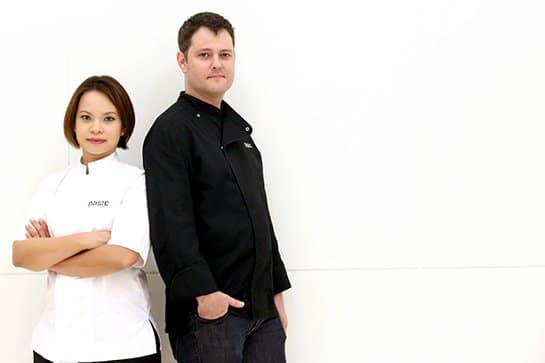
Chef Jason and Chef Bee
Contact Details
Paste at Gaysorn
3rd Floor, Gaysorn, 999 Ploenchit Rd., Lumpini, Bangkok
Paste is located directly across from the famous Erawan shrine and is next door to Intercontinental hotel
Reservations
+66 (0) 2 656 1003
Opening hours
Open 7 days a week
Lunch Mon – Sun 12.00 pm – 02.00 pm
Dinner Mon – Sun 6.30 pm – 11.00 pm
